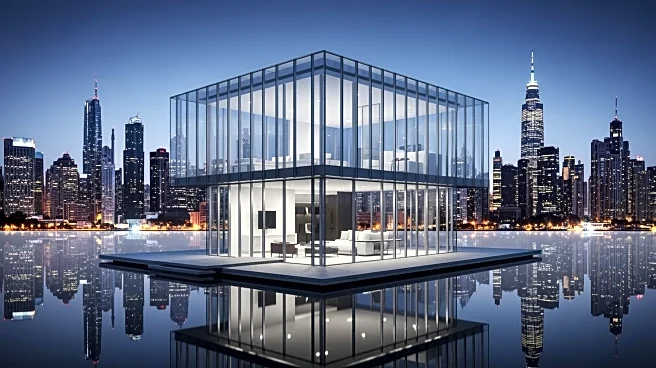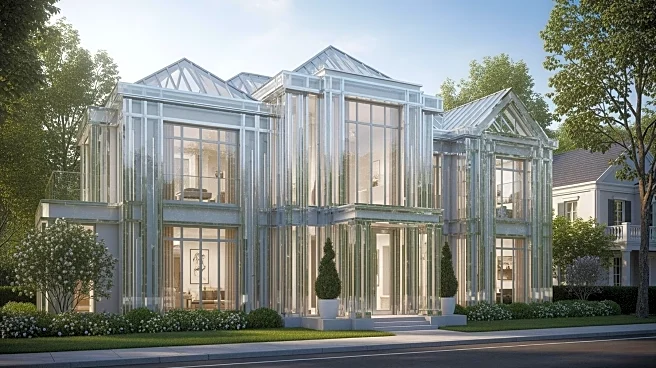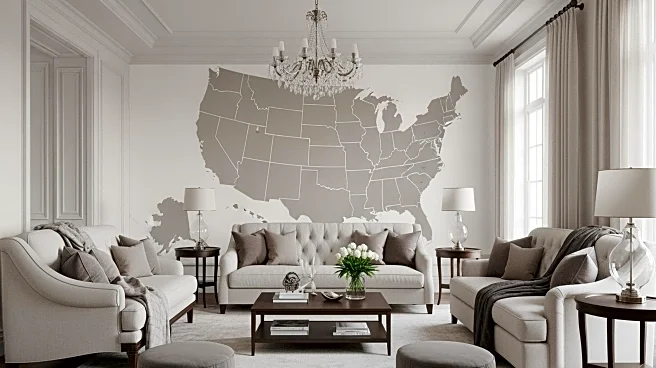What's Happening?
The luxury real estate market in the United States is experiencing a slight cooling phase, according to Realtor.com's September Luxury Housing Report. The national threshold for entering the luxury market has dipped
to $1.24 million, a decrease of 0.5% from August and 2.4% year-over-year. This cooling is characterized by a modest decline in prices, with the 95th percentile of listings starting at $1.95 million, down 1.2% monthly, and ultra-luxury homes at the 99th percentile beginning at $5.41 million, slipping just 0.2%. The report highlights significant geographical disparities in what a million-dollar budget can buy. In cities like Atlanta, Denver, and Dallas, $1 to $2 million can purchase homes averaging over 4,000 square feet, while in Honolulu and San Jose, the same budget secures much smaller properties, around 1,650 to 1,700 square feet.
Why It's Important?
This development in the luxury real estate market is significant as it indicates a rebalancing after years of volatility. The cooling trend suggests that buyers and sellers are adjusting their expectations in line with broader economic conditions. For buyers, this means more negotiating power in certain markets like Atlanta and Denver, where the cost per square foot is lower, offering more space for the money. Conversely, markets like Honolulu and San Jose remain less forgiving, with high per-square-foot prices. This shift could impact real estate investment strategies, as well as the overall housing market dynamics, influencing where affluent buyers choose to invest.
What's Next?
As the luxury real estate market continues to adjust, potential buyers and sellers may need to recalibrate their strategies. Buyers might find more opportunities in markets where prices are softening, while sellers may need to be more flexible with pricing to attract interest. The ongoing economic conditions will likely play a crucial role in shaping future trends in the luxury housing sector. Stakeholders, including real estate agents and investors, will be closely monitoring these developments to adapt to the changing market landscape.
Beyond the Headlines
The current trends in the luxury real estate market may also reflect broader economic shifts, such as changes in wealth distribution and consumer preferences. The demand for larger homes in certain cities could indicate a preference for more space, possibly influenced by remote work trends and lifestyle changes post-pandemic. Additionally, the varying market conditions across different regions highlight the importance of local economic factors and amenities in determining real estate value.











